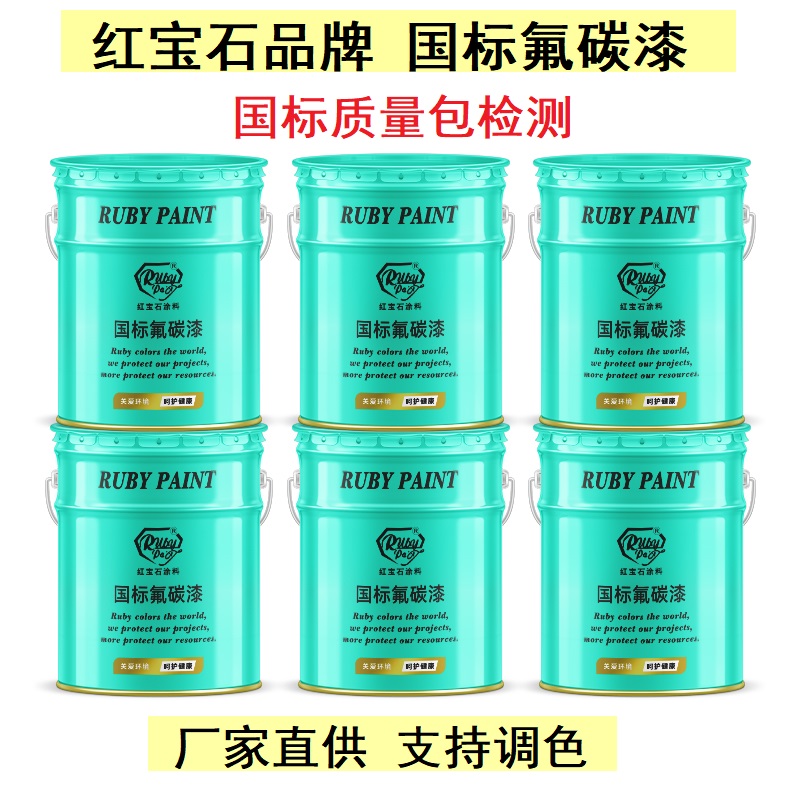Table of Contents
Pros and Cons of Using Acrylic Paint on Fabric
Acrylic paint and fabric paint are both popular choices for artists and crafters looking to add color to fabric. While both types of paint can be used on fabric, there are some key differences between them that can affect the final result of your project. In this article, we will explore the pros and cons of using acrylic paint on fabric.
One of the main advantages of using acrylic paint on fabric is its versatility. Acrylic paint is known for its ability to adhere to a wide variety of surfaces, including fabric. This means that you can use acrylic paint on a range of fabrics, from cotton and linen to polyester and even Leather. Acrylic paint is also available in a wide range of colors and finishes, making it easy to achieve the look you want on your fabric project.
Another benefit of using acrylic paint on fabric is its durability. Once acrylic paint has dried on fabric, it becomes water-resistant and can withstand multiple washings without fading or peeling. This makes acrylic paint a great choice for fabric items that will be used and washed frequently, such as clothing or tote bags.
Acrylic paint is also relatively easy to work with on fabric. It can be applied with a brush, Sponge, or even a spray bottle, depending on the desired effect. Acrylic paint dries quickly on fabric, allowing you to layer colors and create intricate designs without waiting for long drying times.
However, there are some drawbacks to using acrylic paint on fabric. One of the main concerns is that acrylic paint can make fabric stiff and less flexible. This can be a problem if you are painting on fabric that needs to remain soft and pliable, such as a t-shirt or a pillowcase. To combat this issue, some artists mix acrylic paint with a fabric medium to help keep the fabric soft and flexible after painting.
Another potential downside of using acrylic paint on fabric is that it can crack or peel over time, especially if the fabric is stretched or folded frequently. To prevent this, it is important to properly prepare the fabric before painting and to follow the manufacturer’s instructions for drying and curing the paint.
In conclusion, using acrylic paint on fabric has its pros and cons. While acrylic paint is versatile, durable, and easy to work with, it can also make fabric stiff and may crack or peel over time. By understanding the characteristics of acrylic paint and taking proper precautions, you can create beautiful and long-lasting fabric projects using acrylic paint.
Differences in Application Techniques for Acrylic Paint and Fabric Paint
Acrylic paint and fabric paint are two popular choices for artists and crafters looking to add color to their projects. While both types of paint can be used on fabric, there are some key differences in their application techniques that can affect the final outcome of your project.
| No. | Product |
| 1 | Industrial paint |
Acrylic paint is a versatile medium that can be used on a variety of surfaces, including fabric. It is known for its vibrant colors, quick drying time, and durability. When using acrylic paint on fabric, it is important to prepare the fabric properly to ensure the paint adheres well. This can be done by washing and drying the fabric to remove any sizing or finishes that may prevent the paint from sticking.

Once the fabric is prepped, acrylic paint can be applied using a variety of techniques, including brush strokes, stenciling, and even pouring. Acrylic paint can be thinned with water to create a more transparent effect, or mixed with a fabric medium to make it more flexible and washable. When using acrylic paint on fabric, it is important to heat set the paint to ensure it is permanent and washable. This can be done by ironing the fabric on a low setting or placing it in the dryer for a few minutes.
Fabric paint, on the other hand, is specifically designed for use on fabric and is formulated to be more flexible and washable than acrylic paint. Fabric paint comes in a variety of forms, including tubes, bottles, and markers, making it easy to apply to fabric in a precise manner. Fabric paint can also be heat set to ensure it is permanent and washable, but some types of fabric paint do not require heat setting and can be air dried instead.
When using fabric paint, it is important to follow the manufacturer’s instructions for application and drying times to ensure the best results. Fabric paint can be used for a variety of techniques, including painting, stamping, and screen printing. Fabric paint can also be mixed with other colors to create custom shades, or thinned with water to create a more transparent effect.
In terms of application techniques, acrylic paint and fabric paint have some similarities, such as the ability to be applied with a brush or sponge. However, fabric paint is often easier to control and more forgiving than acrylic paint, making it a better choice for beginners or those looking for precise results. Acrylic paint, on the other hand, can be more challenging to work with on fabric due to its quick drying time and tendency to stiffen the fabric.
In conclusion, both acrylic paint and fabric paint can be used to add color to fabric, but there are some key differences in their application techniques that can affect the final outcome of your project. Acrylic paint is a versatile medium that can be used on a variety of surfaces, while fabric paint is specifically designed for use on fabric and is more flexible and washable. By understanding the differences in application techniques for acrylic paint and fabric paint, you can choose the best medium for your next project and achieve the results you desire.

